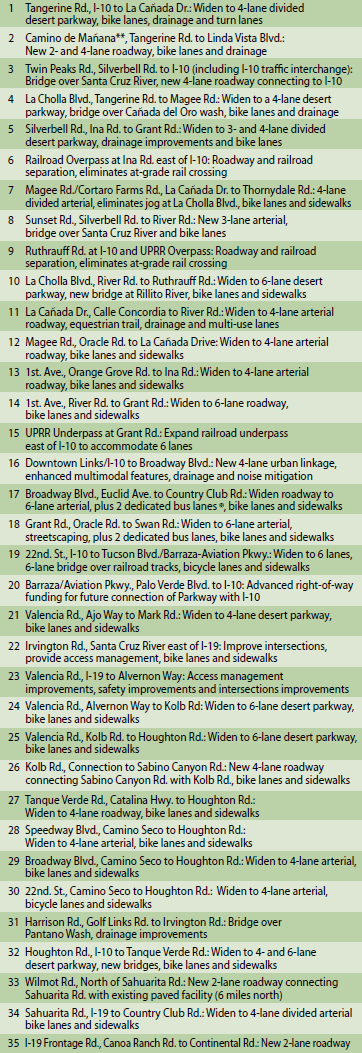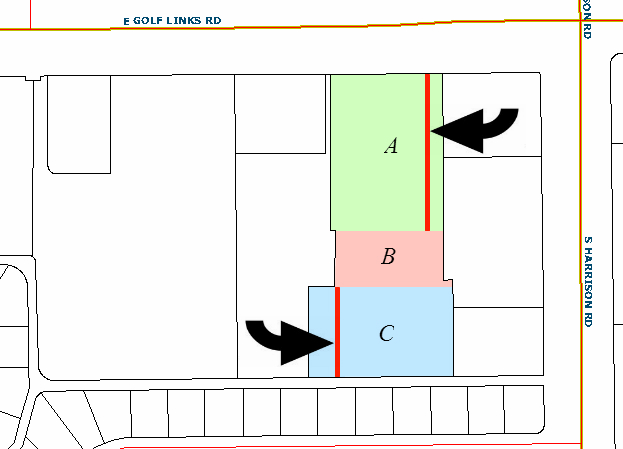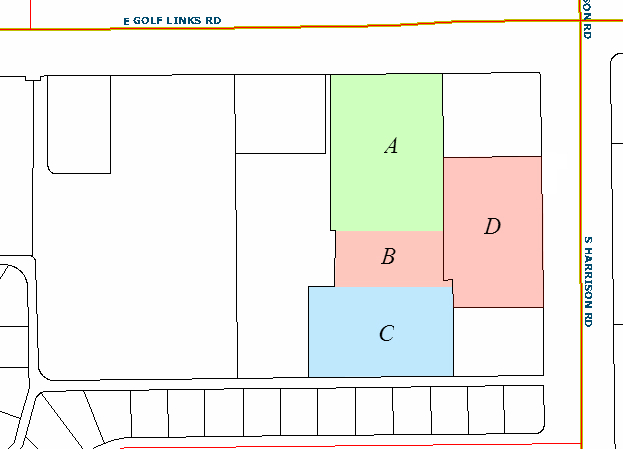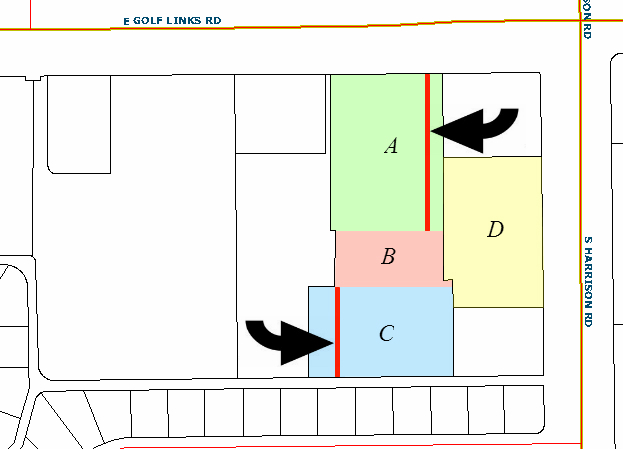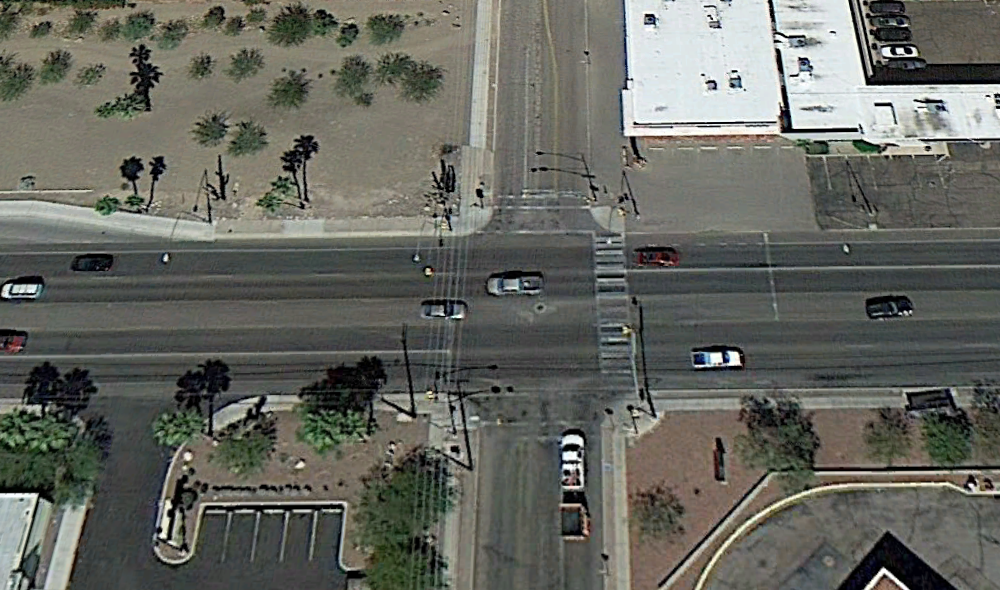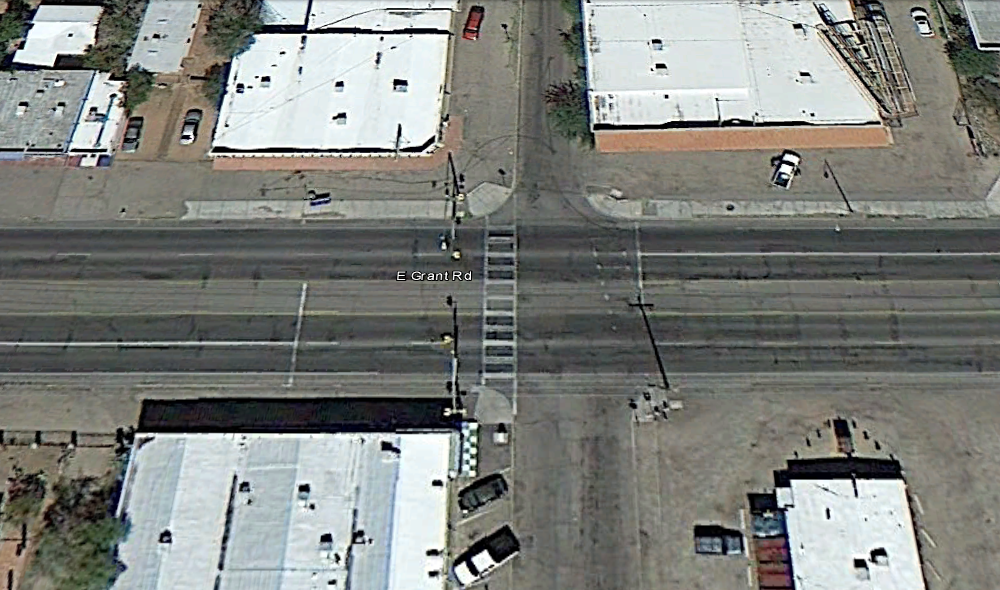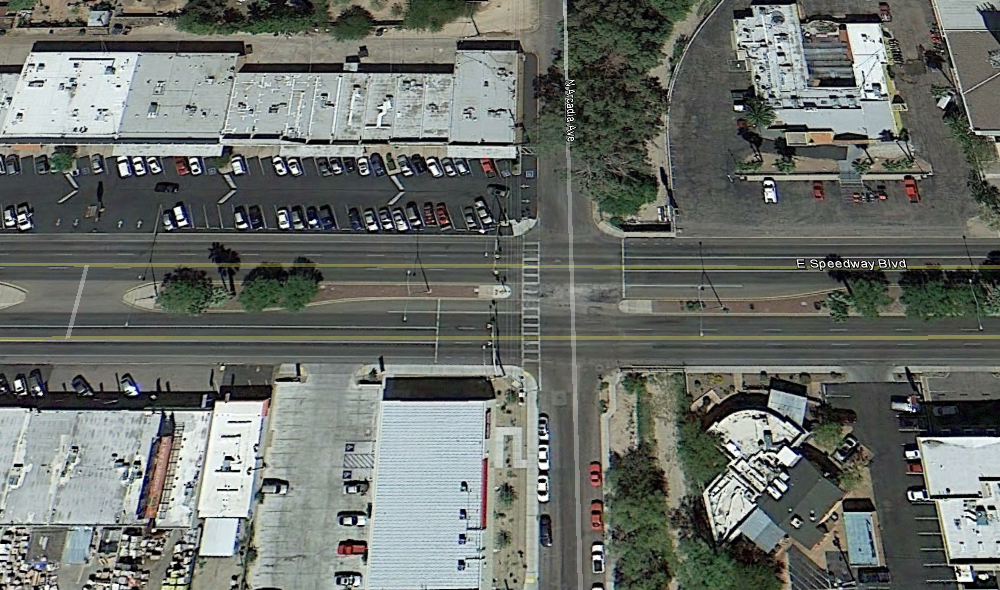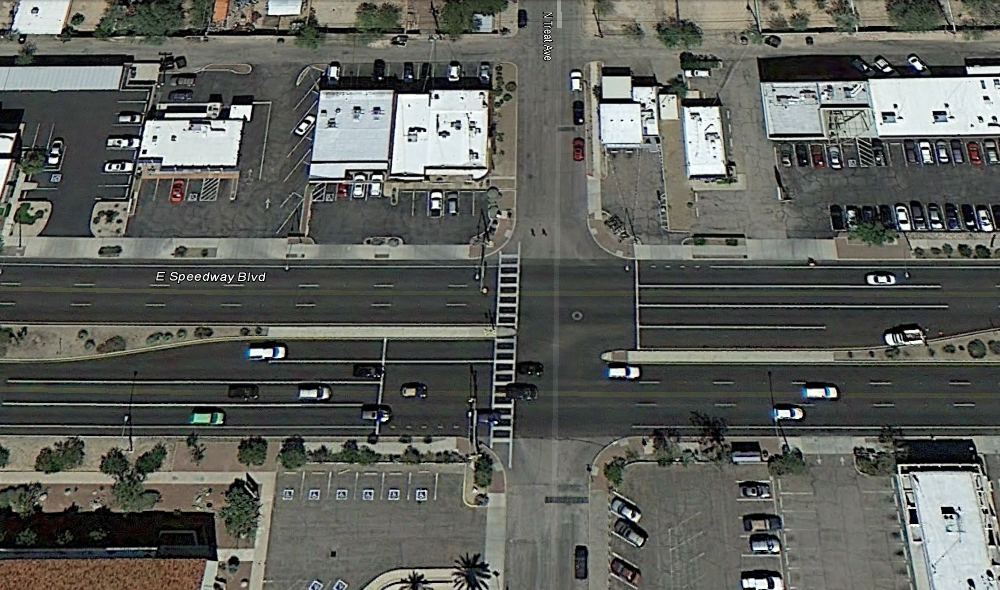Sammartino Law Group Receives Clients' Choice Award for 2015
/Avvo, an online legal services marketplace, has awarded Sammartino Law Group its 2015 Clients' Choice Award for my 2015 service to Real Estate and Land Use and Zoning clients.
I am extremely grateful to have been able to meet the real estate legal needs of southern Arizona property owners, primarily through my focus on condemnation and eminent domain law. This year, I have helped clients who have had or will have their private property taken for the Grant Road Improvement Project, the Downtown Links Project, the Los Reales Buffer Project, the Houghton Road: Broadway Blvd. to 22nd St. Project, and the Tangerine Road Corridor Project. In 2016, I hope to add the Broadway Boulevard Project to that list, among other projects.
It is important to me that this recognition from Avvo comes because of what I have done for my clients. I give thanks to those who hired or considered hiring me to help them, and I wish all past, present, and future clients good luck and good health in the new year.


